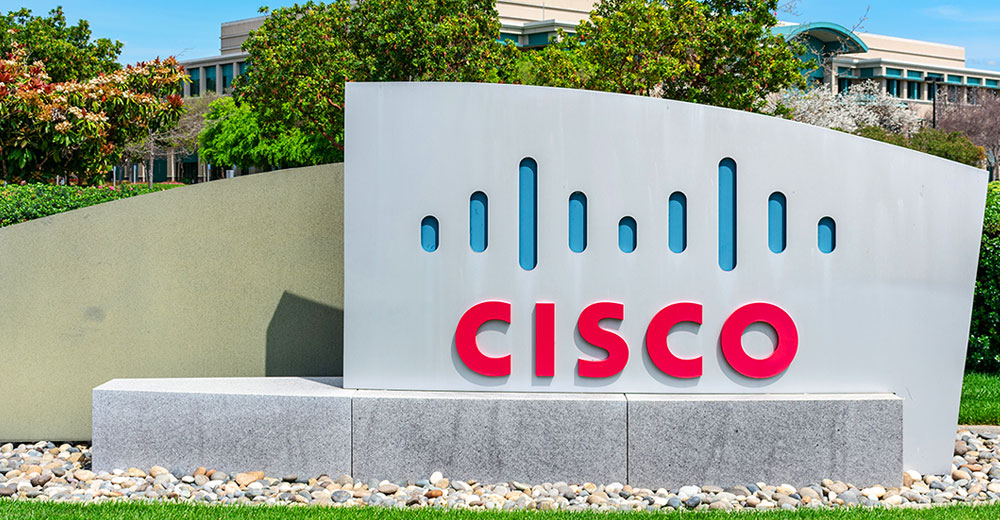
You have to give Oracle credit for persistence. The software giant has been trying to build out its groupware business for nearly 10 years, and has as yet modest success.
Now, with Beehive, the next generation of its collaboration suite, Oracle may be sniffing some fresh and meaningful blood in the enterprise messaging waters.
The investment Oracle is making in Beehive, announced this week at the massive Oracle OpenWorld conference in San Francisco, signals an opportunity born more by the shifting sands beneath Microsoft Exchange and Outlook, than in any new-found performance breakthroughs from Oracle’s developers.
Centralization of Functionality
Here’s why: Economics and technology improvements, particularly around virtualization, are bringing more IT functionality generally back to the servers and off of the client PCs. As a result, the client-server relationship between Microsoft Exchange Server and the Outlook client — and all those massive and costly (albeit risky) .pst files on each PC — is being broken.
The new relationship is server to browser, or server to thin-client ICA-fed receiver. Here’s what the CIO of Bechtel told a group of analysts recently: “Spend your [IT] money on the back end, not on the front end.”
The cost, security risks, and lack of extension of the data inside of Exchange, and on all those end device hard drives, is a non-sustainable IT millstone. Messaging times, they are a-changin. Sure, some will just keep Exchange and deliver the client as Outlook Web Access, or via terminal services.
But what I hear from those CIOs now leveraging virtualization and evaluating VDI is that the Exchange-Outlook-SharePoint trifecta for Microsoft is near the top of their list of first strikes to slash costs and move this messaging beast onto the server resources pool where it can be wrestled to the ground and re-architected in an SOA. They have similar thoughts about client-side spread sheets like Excel, too, but that’s another blog.
Gold for Copper
Yep, Exchange and its coterie is widely acknowledged as coming with an agility deficit and at a premium TCO — but with commodity-priced features and functions. For all intents and purposes, e-mail, calendar, files foldering, and even unified messaging functions are free, or at least low-cost features of larger applications function sets or suites.
Enterprises are paying gold for copper, when it comes to messaging and groupware. And then they have to integrate it.
Oracle recognizes that as enterprises move from high-cost, low-flexibility client-server Exchange to services-based server-based messaging — increasingly extending messaging services in the context of SOA, network services like Cisco’s SONA, Web services, and cloud services — they will be looking beyond Exchange.
Can’t Stop Progress
Enterprises over the next several years will be undertaking a rethinking of messaging, from a paradigm, cost and feature set perspective. A big, honking expensive client-server approach will give way to something cheaper, more flexible, able to integrate better, more likely to play well in an on-premises cloud, where the data files are not messaging-system specific. Exchange is a Model T in a Thunderbird world.
Oracle, IBM, Google, Yahoo … they all have their sights set on poaching and chipping away at the massive and vulnerable global Exchange franchise (just like MSFT did to Lotus and GroupWare). And that pulls out yet another tumbler from Microsoft’s enterprise lock-in.
It won’t happen overnight, but it will happen. Oracle is betting on it.
Dana Gardner is president and principal analyst at Interarbor Solutions, which tracks trends, delivers forecasts and interprets the competitive landscape of enterprise applications and software infrastructure markets for clients. He also produces BriefingsDirect sponsored podcasts.














































